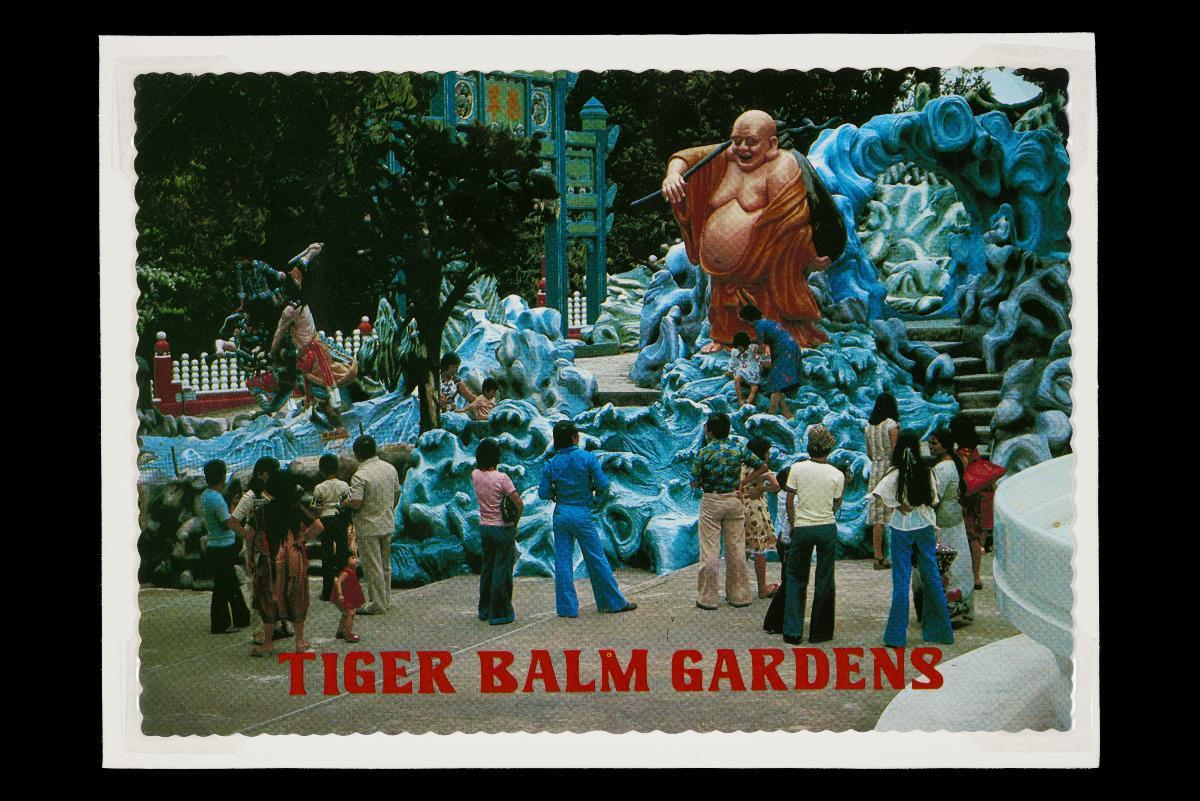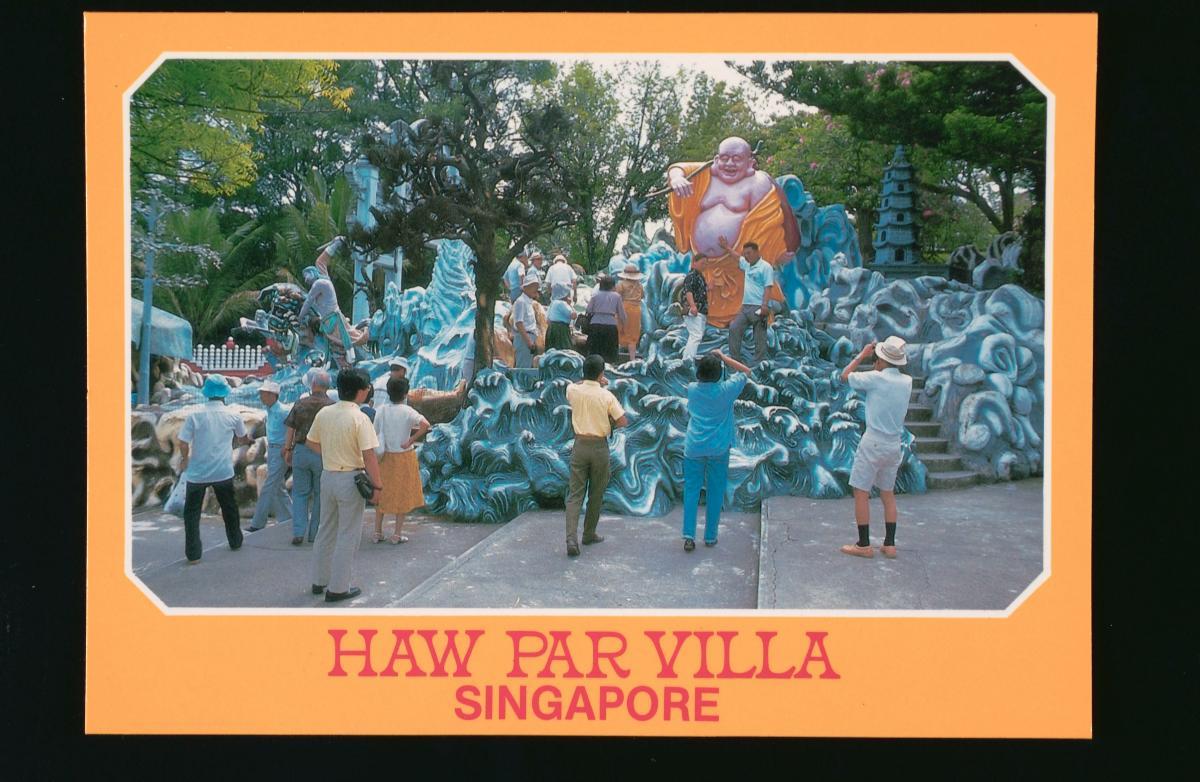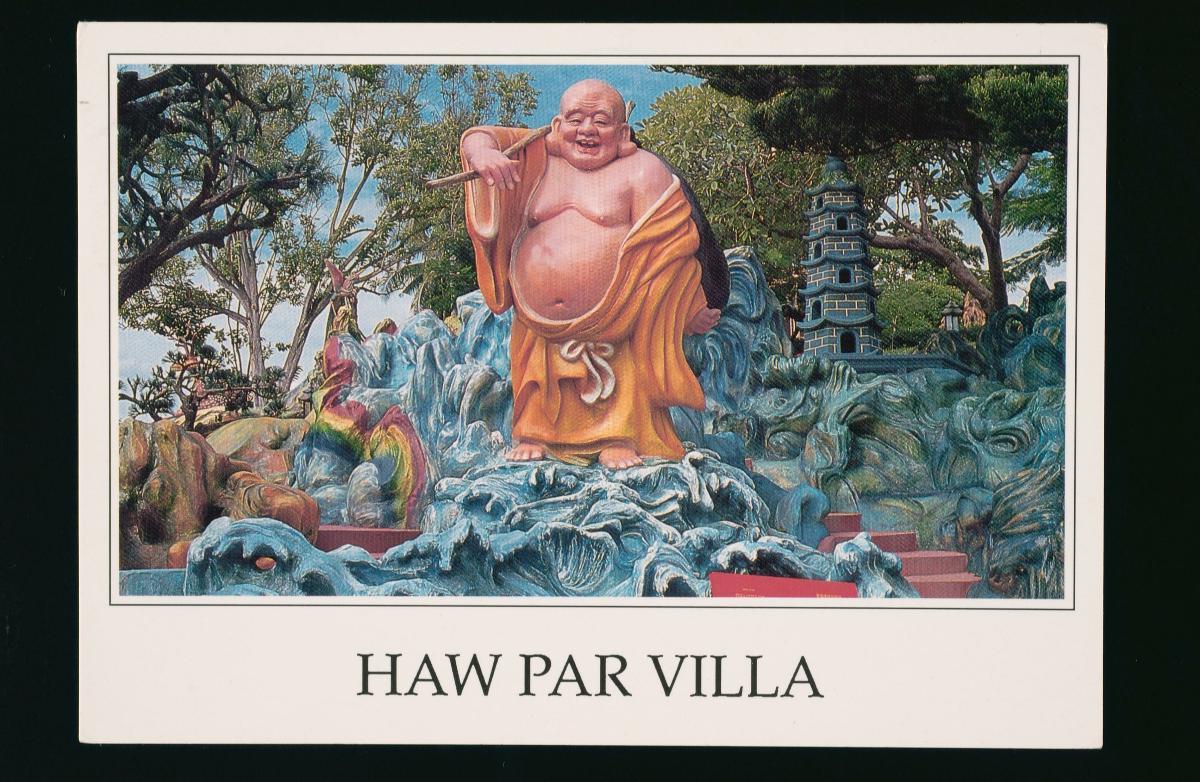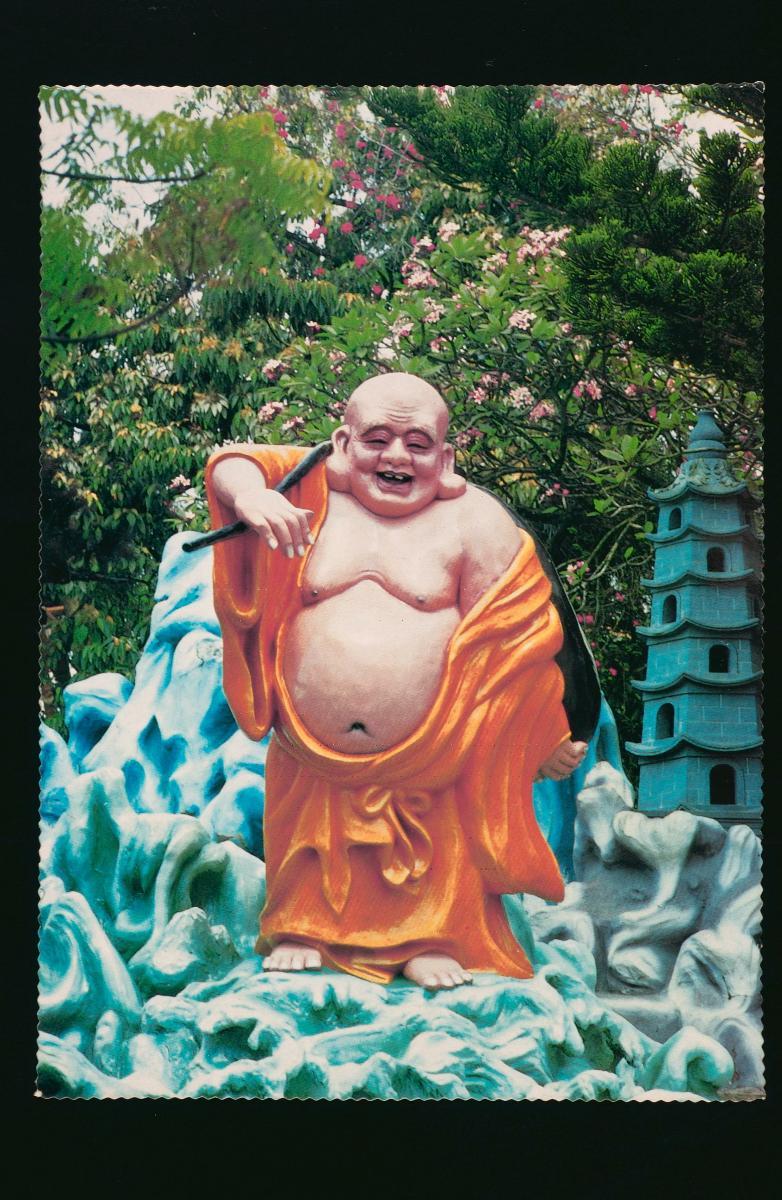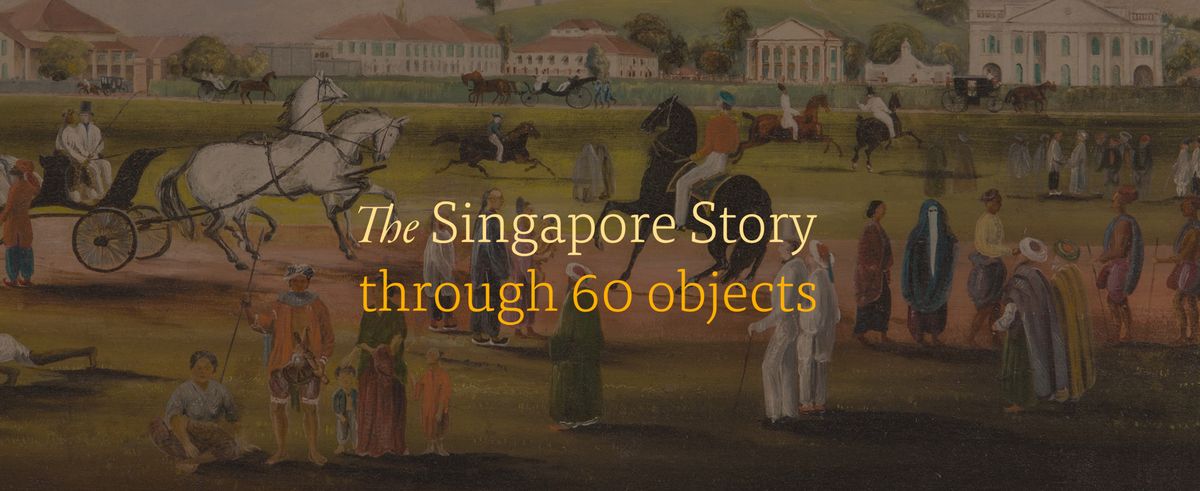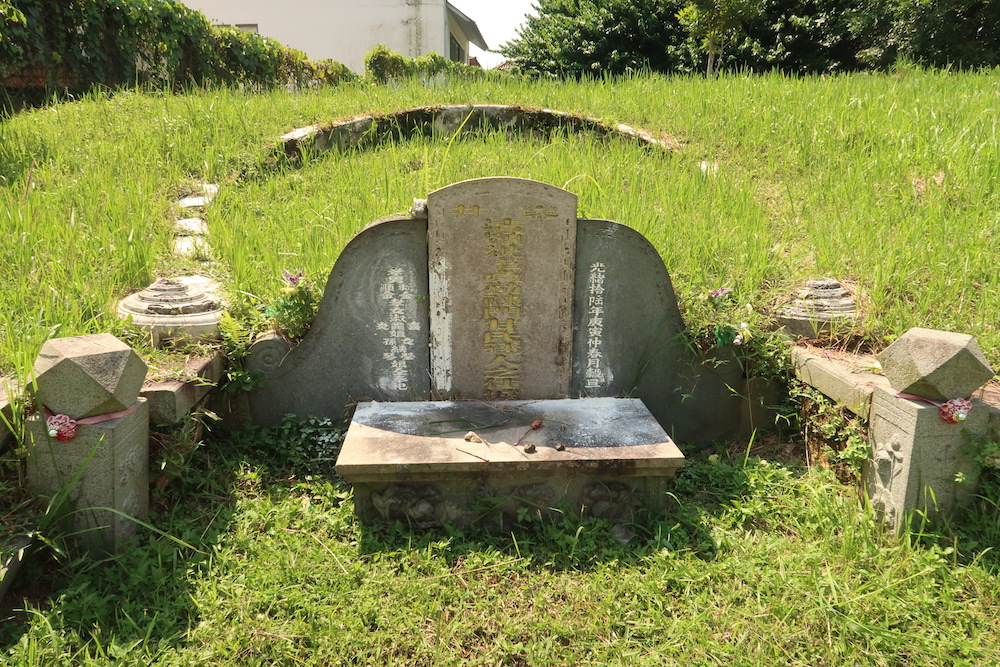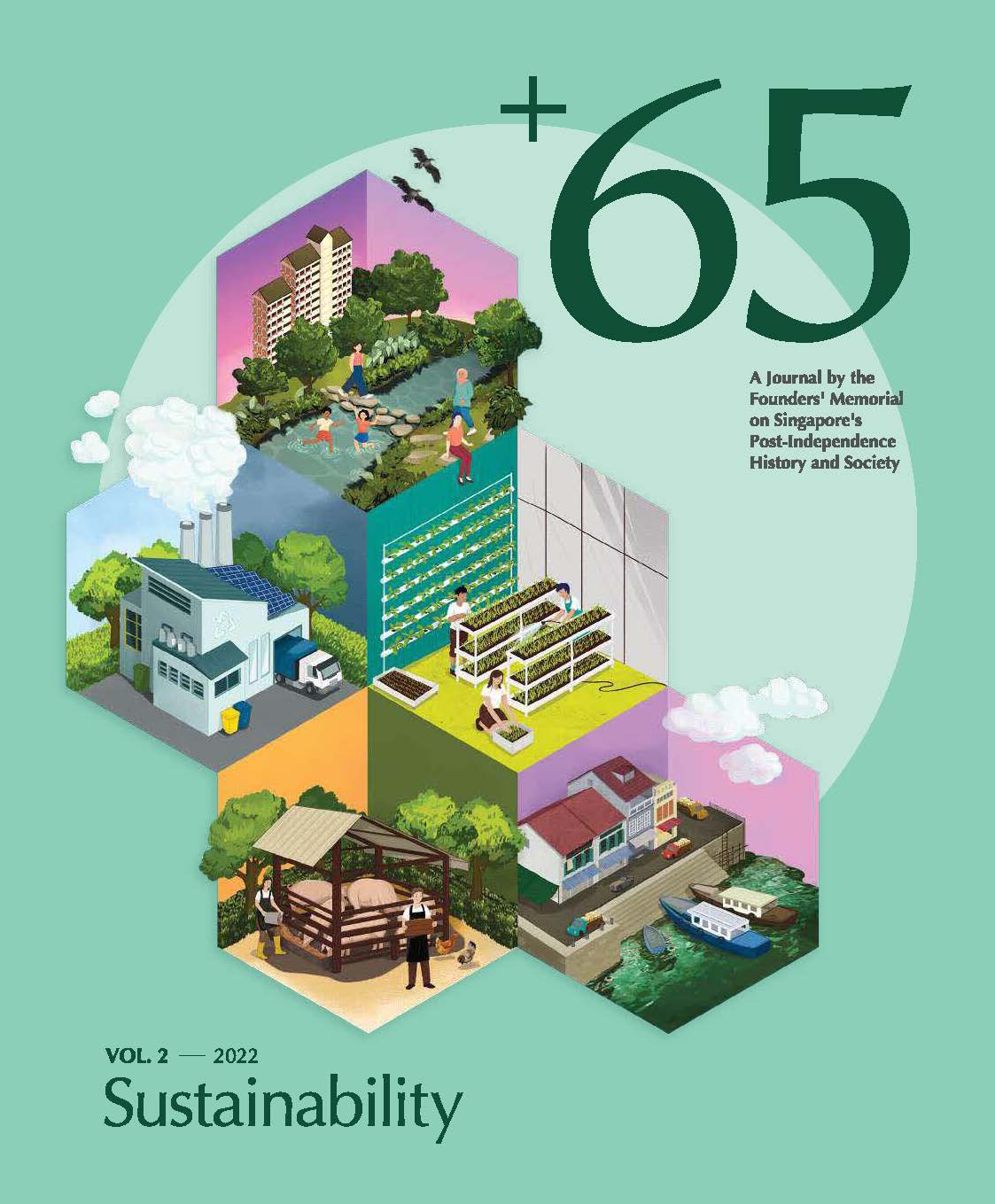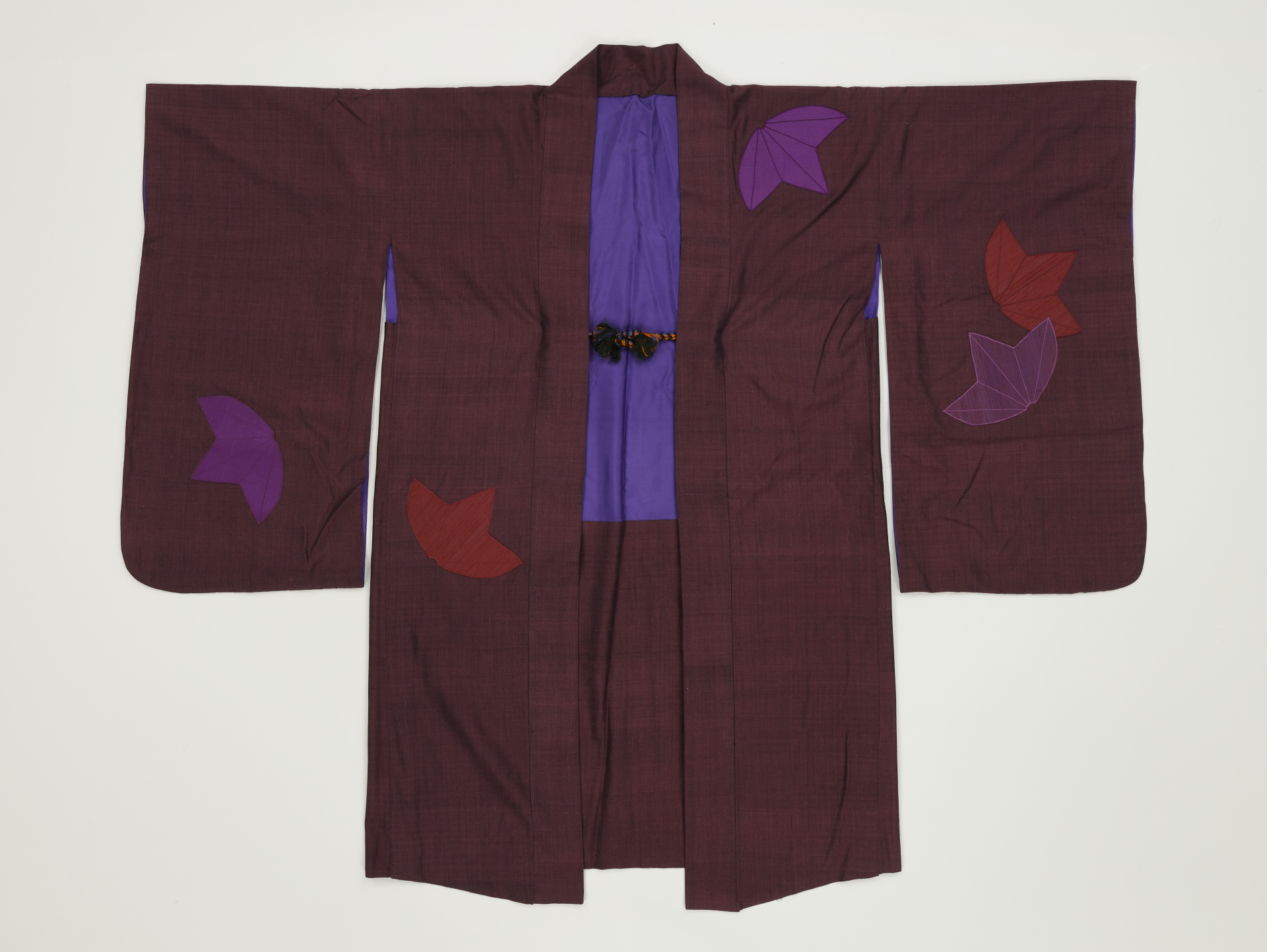This travelling monk of the Liang period (907-923) was commonly known as the Sack Monk, as he was always portrayed carrying a big sack which contained a mattress and utensils for his meals. It is believed that although the monk attained divinity after his death, he continued to be seen walking around and carrying the sack on his back. The sculpture of the Sack Monk is one of several others in Haw Par Villa, which was constructed to portray Chinese legends and folklore. Originally called Tiger Balm Gardens, Haw Par Villa was built in 1937 by Aw Boon Haw, a prominent businessman and philanthropist whose name became synonymous with Tiger Balm, the renowned analgesic ointment that was successfully marketed in the Southeast Asian region.




